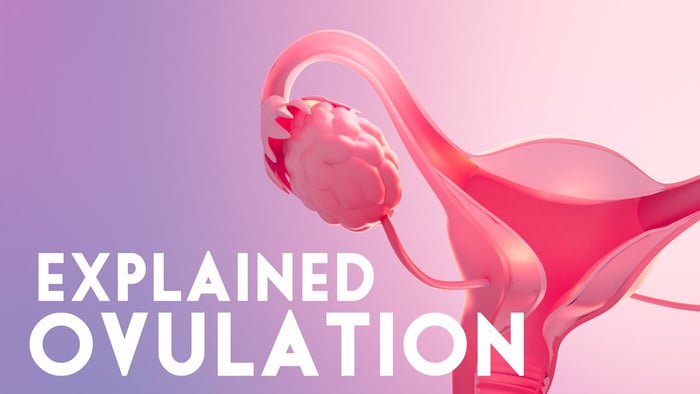The process of fertilization is an incredible journey for sperm, as it overcomes remarkable challenges to unite with an egg and initiate the creation of a new life.
The next hurdle is passing through the cervix, the lower part of the uterus that connects to the vagina. Ordinarily, the cervix remains closed, but during a woman's ovulation period, it opens for a few days. The sperm face the arduous task of swimming through the watery cervical mucus, which allows for rapid travel to the uterus.
Once inside the cervix, the sperm continue their journey towards the uterus. However, countless sperm will perish in their attempts to penetrate the mucous barriers. Some may become trapped in the cervical pathways but can still proceed on their path.
Insirus, muscular contractions assist the sperm in progressing towards the egg. However, the woman's immune system cells mistakenly recognize the sperm as invaders, leading tde the uteo the destruction of thousands of them.
Subsequently, half of the sperm enter one fallopian tube, while the other half navigates towards the fallopian tube where the unfertilized egg awaits. At this point, only a few thousand sperm remain within the fallopian tube.
Meanwhile, tiny cilia propel the egg towards the uterus, enabling it to continue its trajectory. The sperm must navigate this movement to reach the egg. Unfortunately, some sperm may become entrapped in the cilia and perish during this stage of the journey.
On the other hand, certain chemicals in the reproductive tract cause changes in the membranes of the sperm heads. This triggers heightened activity in the sperm, propelling them to swim more vigorously and swiftly towards their destination.
Eventually, a single sperm reaches the egg. By this point, only a few dozen sperm out of the initial 300 million have endured the entire voyage. The sperm must breach the outer layer of the egg, known as the Zona Pellucida, which acts as a barrier preventing multiple sperm from entering and ensuring normal fertilization.
Within the Zona Pellucida, there exists a small fluid-filled space just outside the egg's membrane, and it is the first sperm to make contact with this space that fertilizes the egg. Against all odds, a solitary sperm successfully attaches itself to the egg's membrane.
Within minutes, the outer membranes of the sperm and egg merge, and the egg attracts the sperm inside. This event triggers changes in the membrane, preventing other sperm from attaching and releasing chemicals that repel them, rendering the egg impenetrable.
Inside the egg, the male genetic material disperses and a new membrane forms around it, forming a male pronucleus. This instant marks the creation of a unique genetic code, which determines the individual's sex, hair color, eye color, and countless other characteristics.
The resulting single-celled zygote represents the beginning of a new human being. Subsequently, the fallopian tubes and cilia gently guide the zygote into the uterus, where it implants itself into the nourishing uterine walls. Over the next nine months, the zygote will grow and develop until the birth of a new life takes place.
Related blog articles:
- Ovulation explained
- Naturally Boost Your Fertility
- Fertility and age: The truth about getting pregnant after 35
- Male Factor Infertility
- When is your fertile window?
- How long does it actually take to get pregnant?
- Understanding Your Menstrual Cycle: A Comprehensive Guide
- Ovulation Symptoms: Key Signs & Tracking Tips
- Pregmate App – Ovulation Tracker, Fertility and Period Calculator
- Conception explained: Fertilization and Implantation
- Using ovulation tests to identify the most fertile days of the month
- Your IVF Journey: Navigating the Path of In Vitro Fertilization
- A Comprehensive Guide to Pregnancy Tests: Everything You Need to Know
- Understanding IUI Intrauterine Insemination: A Complete Guide
- Pregmate pregnancy test strips: How and when to do the test
- Tracking LH surge using ovulation tests
- What is PCOS?
- What causes PCOS? Symptoms and signs.
- Using ovulation tests with PCOS
- 5 Menopause Myths BUSTED by a Medical Expert
- Your Complete Guide to Egg and Sperm Freezing
- The Hidden Truth About Endometriosis Every Woman Needs to Know
- How to Use Ovulation Tests to Get Pregnant Faster

